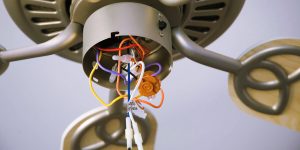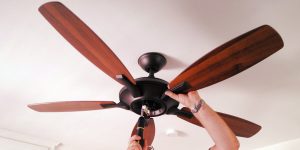Ceiling fans have long been a staple in homes and offices, providing comfort and energy efficiency through their cooling capabilities. However, a common query is, “How long do ceiling fans last?” A variety of factors influence the answer to this question.
In this article, I will explore elements that impact the longevity of ceiling fans. By understanding these key factors, you’ll gain insights into how to extend the ceiling fan lifespan and make the most of this essential investment.
Lifespan of ceiling fans
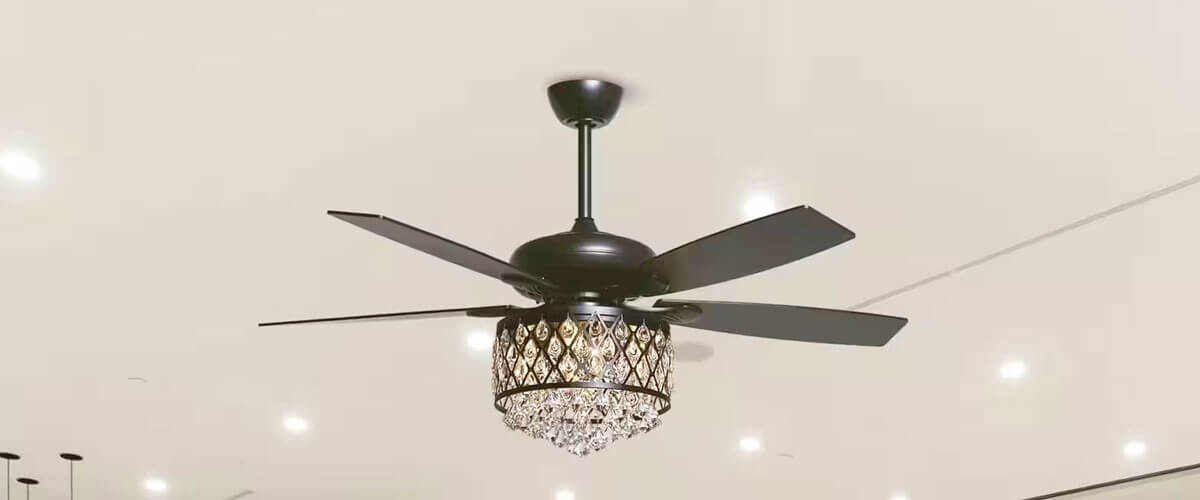
On average, a well-maintained, high-quality ceiling fan can run for approximately 10 to 15 years or even longer. However, this estimate is not a strict rule, as the actual duration depends on several key aspects.
Factors that can extend or shorten the lifespan
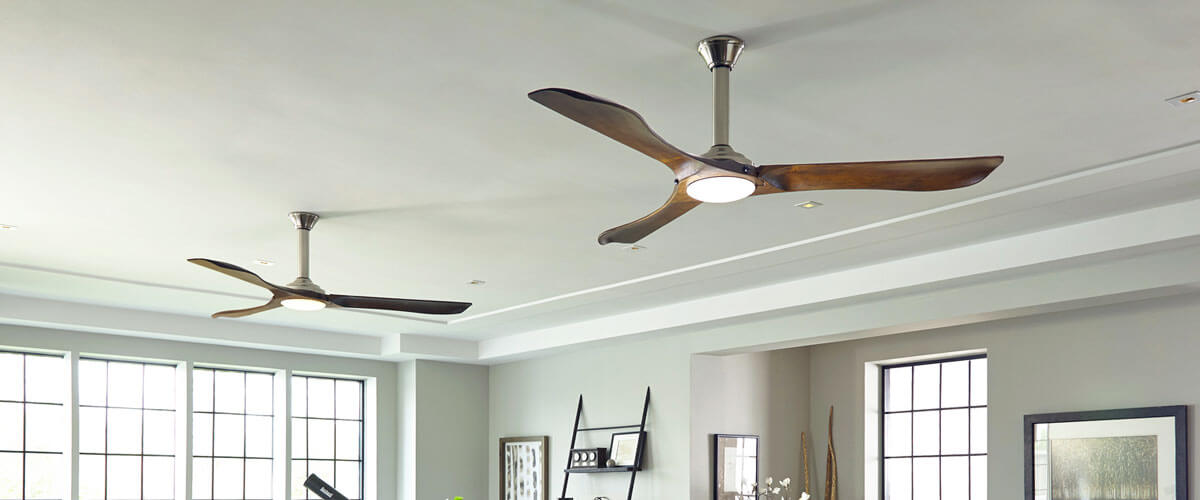
Understanding and managing these factors can help you make the most of your device and ensure that your ceiling fan operates effectively for a longer period of time.
Aspects that can enhance the lifetime of a ceiling fan.
- Regular maintenance. Performing routine maintenance tasks such as cleaning the blades, lubricating moving parts, and tightening screws can prevent premature wear and tear, extending the fan’s lifespan.
- Balancing. Ensuring that the fan blades are properly balanced reduces strain on the motor and bearings, helping the fan operate more smoothly and efficiently.
- Quality build. Investing in a high-quality ceiling fan with durable materials and construction can lead to a longer lifespan compared to cheaper alternatives.
- Proper installation. A correct installation ensures that the fan operates without wobbling or vibrating excessively, which can contribute to longer motor and component life.
- Moderate usage. Using the fan at appropriate speeds and avoiding constant high-speed operation can reduce the stress on the motor and extend its longevity.
- Environment. Installing the fan in a clean, well-ventilated area away from excessive humidity and dust can help maintain its components in better condition.
Aspects that shorten the lifetime of a ceiling fan.
- Environmental factors. Exposure to extreme temperatures, high humidity, and dusty environments can lead to corrosion, rust, and faster deterioration of the fan’s components.
- Power surges. Electrical disturbances like power surges or voltage fluctuations can damage the fan’s motor and electronics, leading to a shortened operational life.
- Inadequate wiring. Incorrect or inadequate electrical wiring can lead to problems like motor burnouts or electrical shorts that can affect the fan’s longevity.
- Ignoring unusual noises. Strange or loud noises coming from the fan can indicate underlying issues. Ignoring these noises can lead to further damage.
- Using incompatible accessories. Using incorrect or incompatible light kits, remote controls, or wall switches can lead to electrical problems that impact the fan’s performance and durability.
- Neglecting repairs. Ignoring minor issues or not addressing repairs promptly can lead to more extensive damage over time.
By being aware of these factors and taking proactive steps to manage them, you can ensure that your ceiling fan remains in optimal condition, providing comfort and functionality for many years to come.

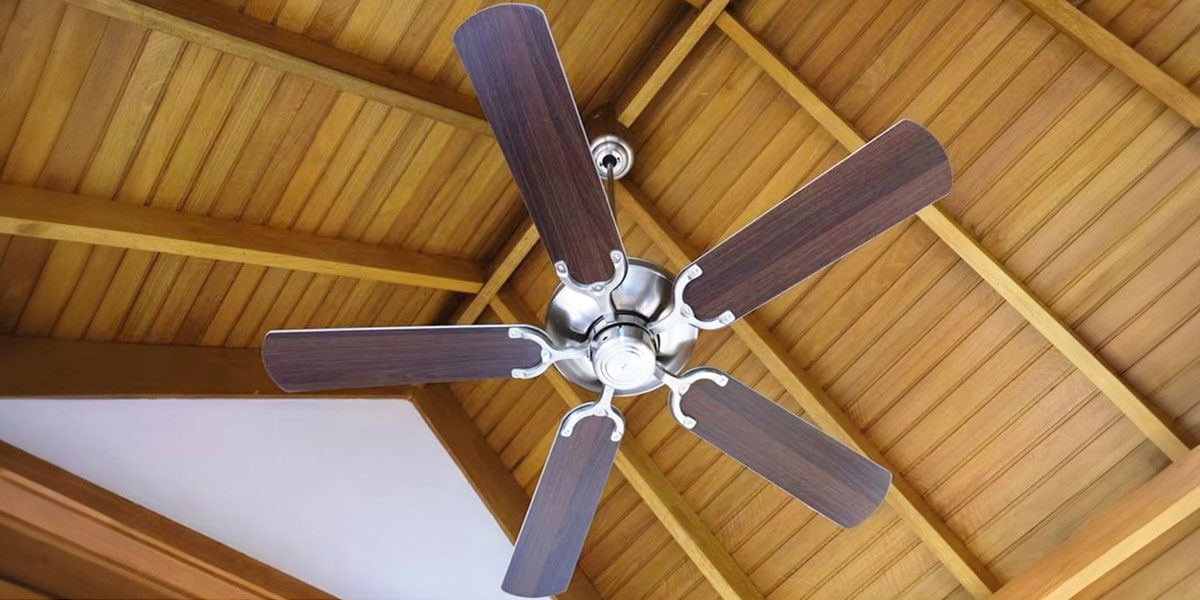
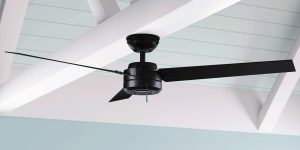
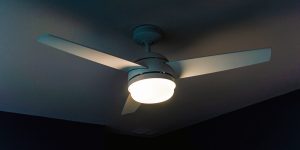

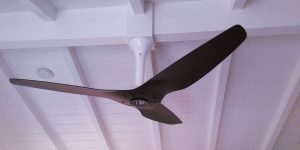


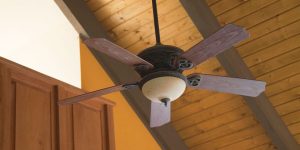

![How Many Blades Should a Ceiling Fan Have? [3 vs 4 vs 5-Blade]](https://www.kennedyproductions.com/wp-content/uploads/2023/08/does-the-number-of-blades-on-a-ceiling-fan-matter-300x150.jpg)
